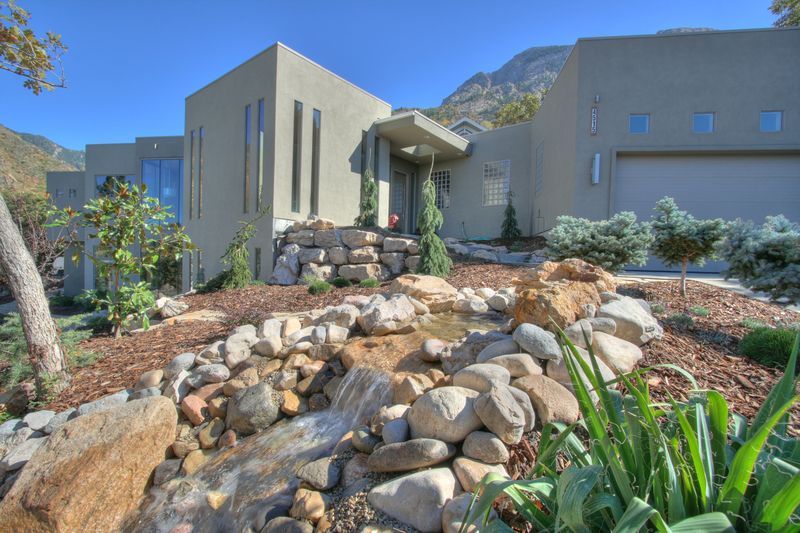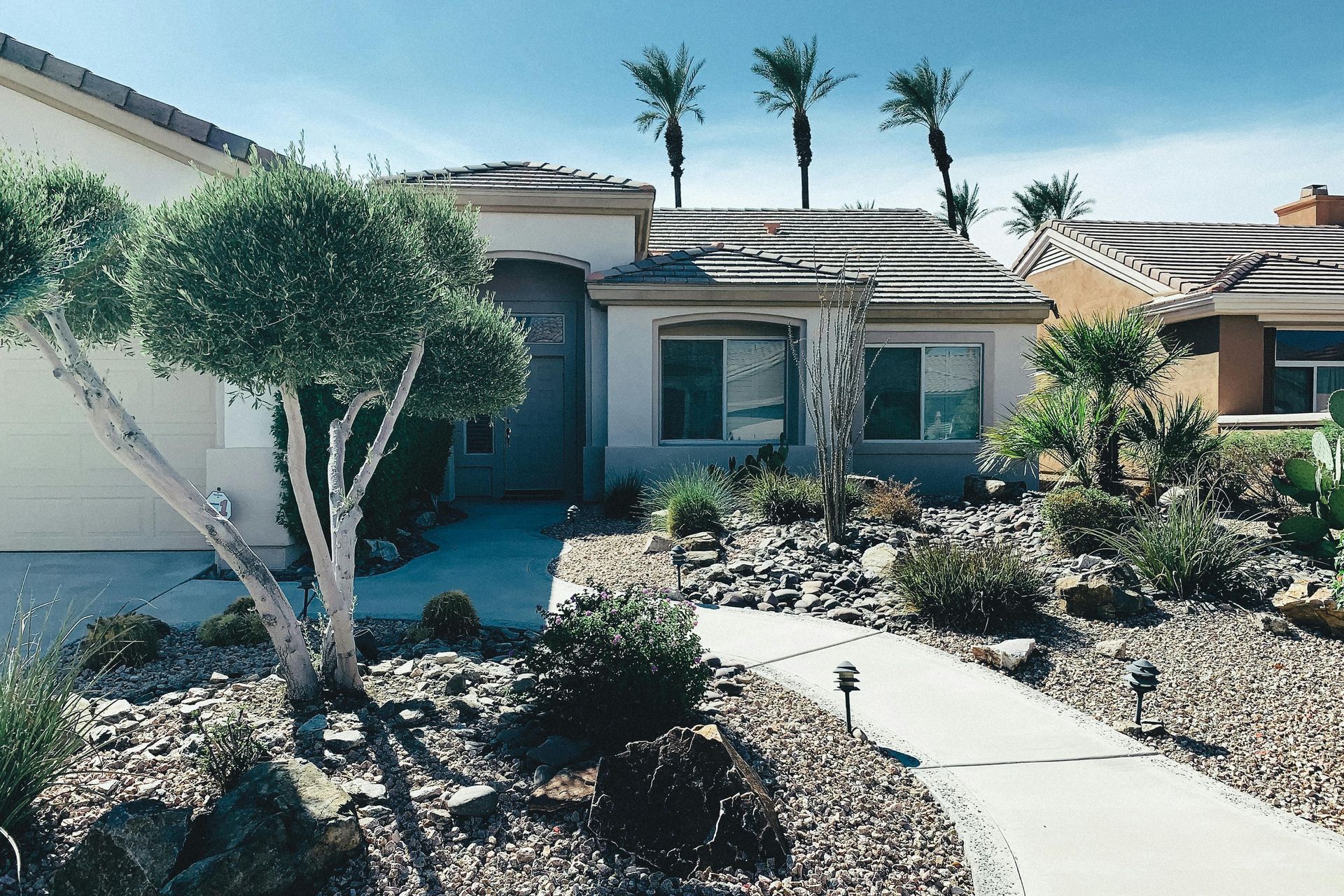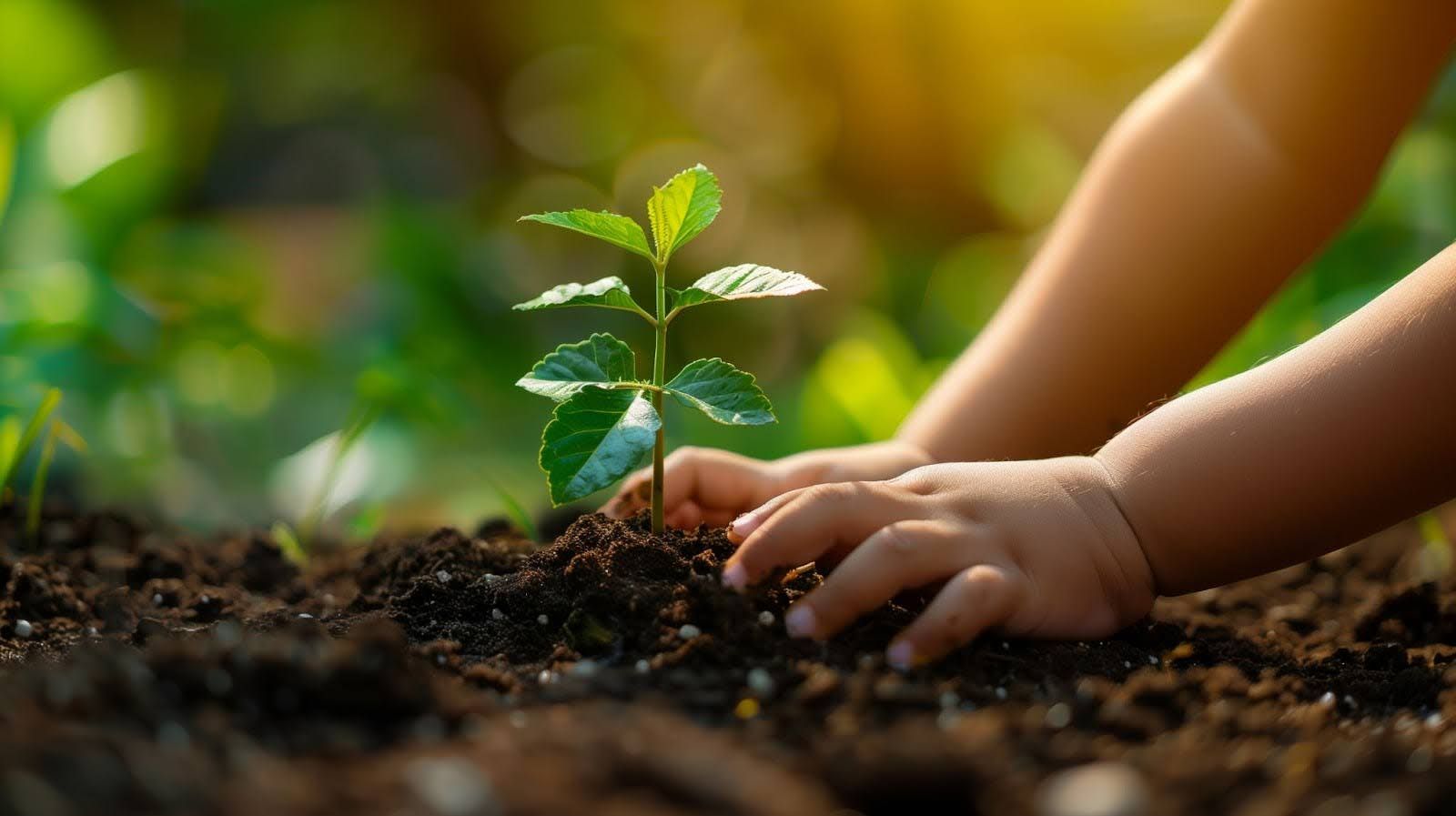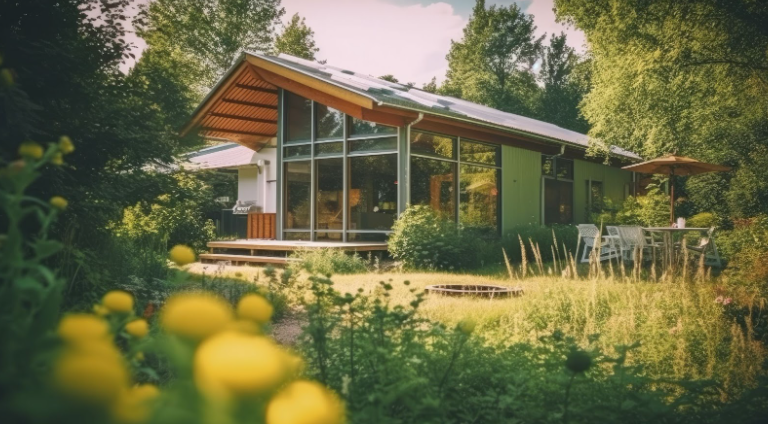Transforming Arizona Gardens: A Guide to Water-Wise Xeriscaping

Creating a beautiful garden in Arizona's arid climate might seem like a daunting task, but with the right approach, it is entirely possible. Xeriscaping, a landscaping method that minimizes water use, is gaining popularity among gardeners in the region. This method not only conserves water – a precious resource in Arizona – but also results in stunning, low-maintenance outdoor spaces that thrive in the local environment. Through smart planning and selection of appropriate plants, any gardener can transform their yard into a vibrant, water-wise oasis.
The Rising Popularity of Xeriscaping in Arizona
In recent years, Arizona has witnessed a significant increase in the adoption of xeriscaping, an environmentally conscious approach to landscaping that conserves water without sacrificing aesthetic appeal. This rising popularity is largely a response to the ongoing water scarcity challenges faced by the state.
Arizona's climate, characterized by low rainfall and high temperatures, places considerable strain on water resources. These conditions have compelled residents and policymakers alike to rethink traditional gardening practices that heavily rely on irrigation. Xeriscaping emerges as a viable solution, addressing these challenges by promoting the use of drought-resistant plants and water-efficient garden designs.
The shift towards sustainable landscaping practices is becoming more apparent in both residential and public spaces across Arizona. Xeriscaping not only aligns with the state's environmental needs but also introduces homeowners to a new realm of gardening possibilities. By integrating principles of water efficiency, soil management, and creative design, xeriscaping enables individuals to cultivate lush and vibrant gardens that thrive in arid conditions.
The
benefits of xeriscaping extend far beyond water conservation. For homeowners, it can lead to significant reductions in water bills, lower maintenance requirements, and increased property values. Environmentally, xeriscaping contributes to less groundwater depletion and reduces the need for chemical fertilizers and pesticides, which can harm local ecosystems. This approach to landscaping demonstrates how sustainable practices can result in beautiful, functional outdoor spaces that harmonize with Arizona's natural environment.
The growing popularity of xeriscaping in Arizona is a positive development in response to the state's water scarcity issues. This landscaping method offers a practical and aesthetic solution that benefits both homeowners and the environment. As more Arizonans embrace xeriscaping, it signifies a collective move towards more sustainable and water-wise gardening practices, paving the way for a healthier and more resilient landscape in the face of climate challenges.
Understanding the Principles of Xeriscaping
Xeriscaping, a term coined in the early 1980s, blends the Greek word "xeros," meaning dry, with landscaping. It was developed as a solution for creating beautiful, sustainable gardens in regions where water is scarce, making it especially pertinent for arid climates like Arizona's. By focusing on water conservation, xeriscaping goes beyond mere drought-resistant plant selection; it encompasses a comprehensive approach that involves seven core principles.
Planning and Design
The foundation of xeriscaping begins with a thoughtful design that considers the site’s specifics - soil type, sunlight, slope, and existing vegetation. Proper planning ensures water is used judiciously, with zones established based on water needs, contributing significantly to the garden's sustainability.
Soil Improvement
Enhancing soil health is crucial. In Arizona’s sandy or clay-heavy soils, incorporating organic matter can improve water retention and aeration, providing a better environment for roots to grow and access water and nutrients efficiently.
Efficient Irrigation
Xeriscaping advocates for irrigation systems that deliver water directly to the plant’s base, such as drip irrigation. These systems minimize waste, reducing evaporation and runoff, crucial in Arizona's hot climates where water evaporation rates are high.
Appropriate Plant Selection
Opting for native or drought-tolerant plants that naturally thrive in Arizona’s environment is key. These plants require less water and maintenance than non-native varieties, seamlessly integrating with the local ecosystem.
Mulch Use
Mulching is vital for retaining soil moisture, regulating soil temperature, and reducing weed growth. Organic mulches, such as wood chips or bark, add to the soil's nutrient content as they decompose.
Turf Limitation
Traditional lawns consume vast amounts of water. Xeriscaping minimizes the use of grass, replacing it with ground covers, gravel, or other low-water alternatives that offer aesthetic appeal and practical benefits.
Maintenance
While xeriscaped gardens require less upkeep than traditional landscapes, regular maintenance such as pruning, weeding, and monitoring irrigation systems is essential to ensure their health and vitality.
In Arizona, where water conservation is not just a practice but a necessity, xeriscaping’s principles offer a roadmap towards creating lush, resilient gardens attuned to the climate's demands. By embracing these tenets, homeowners can significantly reduce their water usage while enjoying a vibrant and diverse outdoor space.
Practical Tips for Implementing Xeriscaping in Your Garden
Adopting xeriscaping in Arizona requires thoughtful consideration of several key practices aimed at reducing water usage while maintaining a lush and inviting garden. Here are actionable tips for homeowners looking to embrace this sustainable landscaping approach.
Soil Preparation
Begin by improving your garden's soil, as healthy soil is the cornerstone of a successful xeriscape. In Arizona's arid environment, incorporating organic material can enhance water retention and provide essential nutrients. Perform a soil test to determine its composition and amend it accordingly, ensuring a fertile foundation for your plants.
Selecting the Right Plants
Choosing native or drought-tolerant plants is crucial. These species have adapted to Arizona's climate and require minimal extra watering once established. Consider installing plants like Agave, Penstemon, and Salvia, which thrive in low-water conditions. Consult local nurseries or cooperative extension services for recommendations tailored to your area.
Efficient Garden Layout
Design your garden to minimize water loss and maximize aesthetic appeal. Place plants with similar water needs together to avoid overwatering. Utilize shade from trees or structures to reduce evaporation and shield more delicate plants from the intense Sun.
Mulches and Ground Covers
Applying a layer of mulch around plants can greatly reduce soil moisture loss and keep root temperatures stable. Organic mulches, such as wood chips, also improve soil health over time. Alternatively, ground covers, particularly native species, can provide an attractive and water-efficient alternative to traditional grass lawns.
Irrigation Systems
Invest in an efficient irrigation system. Drip irrigation, which delivers water directly to the base of each plant, can significantly reduce waste. Consider incorporating a smart irrigation controller that adjusts watering based on weather conditions to optimize water usage.
Maintenance Strategies
Maintaining your xeriscape is vital for its longevity and vibrancy. Regularly inspect your irrigation system for leaks and adjust it according to seasonal needs. Prune dead or unhealthy plant material to promote growth and reduce water waste. Weed control is also important, as weeds compete with your desired plants for water and nutrients.
By implementing these strategies, Arizona homeowners can create a water-wise garden that is not only sustainable but also beautiful. Xeriscaping doesn't mean sacrificing color, diversity, or texture in your garden. With a careful selection of plants and thoughtful design, you can enjoy a vibrant outdoor space that respects Arizona's unique climate and water availability.
Interested in transforming your Arizona garden into a water-wise oasis? Danijela Quenzler is your go-to expert for making xeriscaping dreams come to life.











